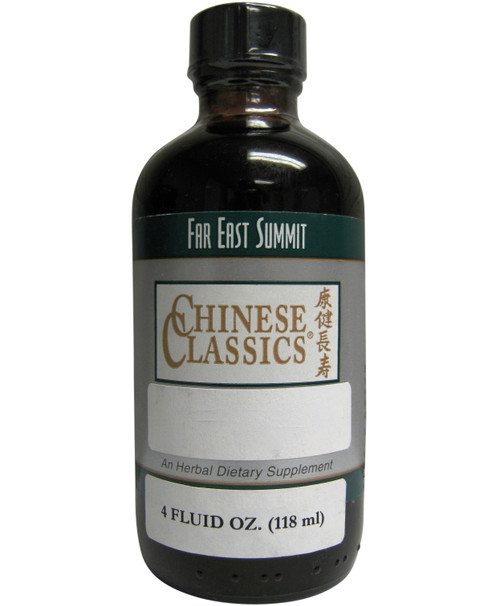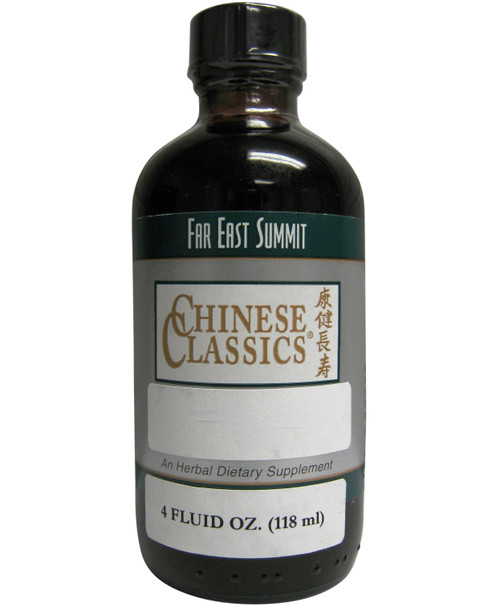
Product Description
White Tiger, 1 oz
| Unit Size | 1 |
| Potency | 7:1 |
| Contraindications | Fever due to Spleen/Stomach deficiency, true Cold and false Heat. Not for long term use. |
| Chinese Symptomology | Heat-type pathogen invasion, aversion to Heat without chills, Heat blazing upwards signs |
| Western Symptomology | High fever, profuse sweating, strong thirst, irritability, red face, a feeling of constraint in the chest; palpitations and generalized weakness; excessive urination or incontinence; vertex or frontal headache, toothache, bleeding gums or nose |
| Actions | Clears Qi level Heat, drains Stomach Fire, generates fluids, alleviates thirst and benefits the Qi, allays thirst, eliminates vexation |
| Pattern | Qi Level Heat (in the Four Levels diagnostic system) or Yang Ming stage Heat (in the Six Stages system), acute Exterior illness with underlying Yin deficiency |
| Tongue | Pink to red, with a dry, yellow coat |
| Pulse | Flooding and rapid |
| Chinese name | Bai Hu Jia Ren Shen Tang |
| English name | White Tiger, 1 oz |
Description
White Tiger strongly clears Qi level Heat and Fire blazing in the Yang Brightness channel. Kan's modification of White Tiger lessens the harsh effects of Gypsum, and offers added support by nourishing Yin and Qi, making this formula gentler and safer than the original. When a robust pathogenic factor invades the Yang Brightness level, a great battle begins, characterized by the " four bigs:" big heat (fever), big sweat, big thirst, and a big pulse. These symptoms indicate that the patient has sustained an invasion by an Exterior pathogen that is generating a significant amount of Heat, which is damaging the Yin. Yin deficient constitutions are more susceptible to an invading Heat-type pathogen. There may be accompanying signs of insomnia, Fire-Palms Heat, and a dry throat as well as dry cough," burning up," tiredness, sweating, irritability, and an inability to drink enough fluid to quench thirst. (Kan Herb Company)
Ingredients
Sheng shi gao (Gypsum); Zhi mu (Anemarrhea rhizome); Shan yao (Chinese yam rhizome); Xi yang shen (whole) (American ginseng root); Zhi gan cao (Chinese licorice root (honey fried) )
















